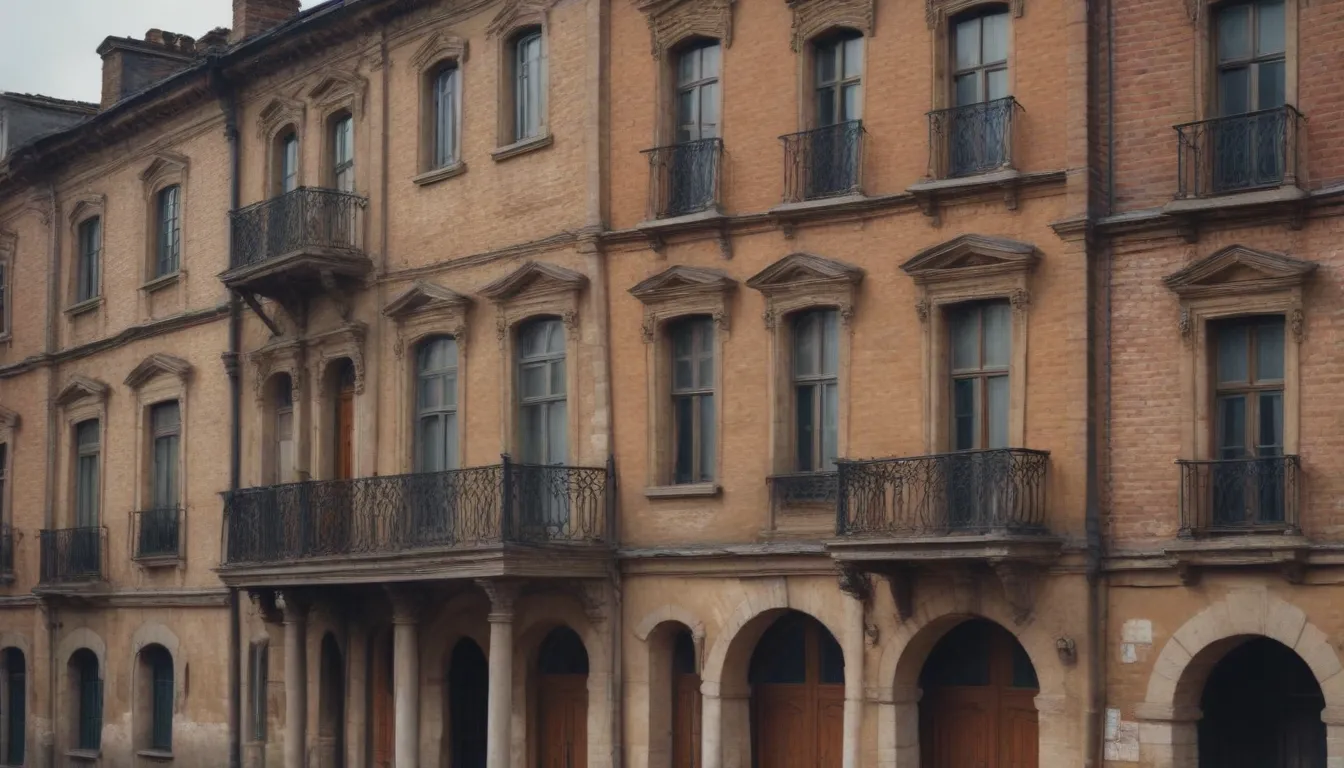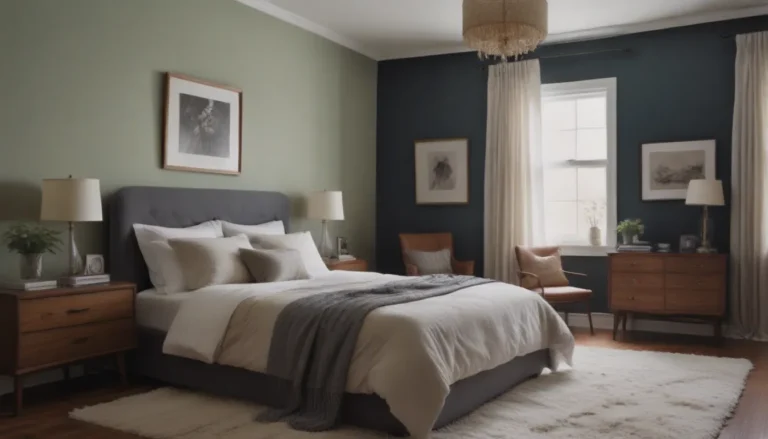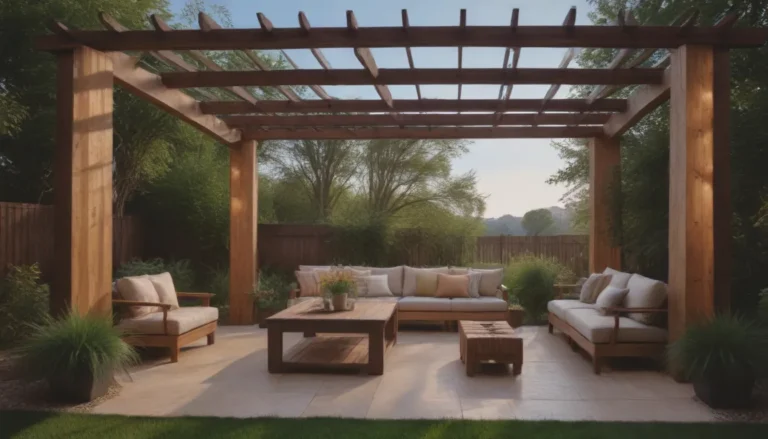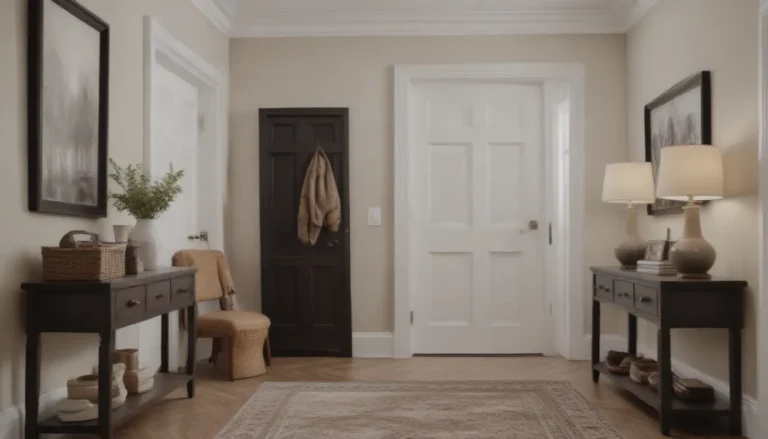The Intriguing World of Georgian Architecture: Exploring Its History, Characteristics, and Influence

Georgian architecture, an elegant and timeless style named after the King Georges of England, has captured the hearts of many with its symmetrical designs and gracious proportions. In this comprehensive guide, we will delve into the fascinating world of Georgian architecture, uncovering its characteristics, history, and influence on architectural styles across the globe.
Unveiling the Beauty of Georgian Architecture
Georgian architecture is a versatile category that encompasses a wide range of buildings, including English country mansions, London terraced townhouses, southern U.S. plantation houses, and New England homes and college campuses. One of the most renowned architects of the Georgian era, John Nash, left his mark on history with his designs of Georgian terraced houses and the iconic Buckingham Palace, exemplifying the neoclassical Georgian style.
Characteristics of Georgian Architecture
- Gracious proportions and classical design elements
- Pleasing symmetry achieved through the application of the golden ratio
- Emphasis on space and natural light
- Symmetrical facades with evenly spaced windows and doors
- Neoclassical influences inspired by Andrea Palladio and classical building styles
The Rich History of Georgian Architecture
Georgian architecture emerged during the reigns of King Georges I-IV from 1714 to 1830 in England, before making its way to the United States through English colonists. Influenced by the proportion and symmetry championed by Italian Renaissance architect Andrea Palladio, Georgian architects drew inspiration from ancient Roman and Greek building styles. The revival of Palladianism in Britain between 1715 and 1760 paved the way for the development of Neoclassical architecture in the mid-18th century, directly referencing classical architectural elements from Rome and Greece.
The Evolution of Georgian Architecture
- Palladianism: Revival of Andrea Palladio’s ideas in the early Georgian period
- Neoclassical Architecture: Embracing classical building styles from ancient Rome and Greece
- Popularity in churches, public buildings, decorative arts, and interior design
- Transition to the Federal style in America post-Revolutionary War
- Revival periods in the late 19th and early 20th centuries
Decoding Georgian Architecture: How to Identify It
Distinguishing between Georgian, Colonial, and Victorian architecture can sometimes be challenging due to their overlapping features. While Colonial architecture is characterized by its simplicity and traditional design, Georgian architecture boasts generously proportioned rooms and a focus on symmetry. In contrast, Victorian architecture is known for its ornate embellishments and maximalist interior design.
Georgian vs. Colonial vs. Victorian Architecture
- Colonial Architecture: Simple, traditional design with minimal embellishments
- Georgian Architecture: Generous proportions, symmetry, and classical design elements
- Victorian Architecture: Unapologetic devotion to ornament and flourish
Styles Under Colonial Architecture
- Saltbox-style homes
- Cape Cod
- French Colonial
- Dutch Colonial
- Spanish Colonial
Styles Under Victorian Architecture
- Early Gothic Revival
- Folk Victorian
- Greek Revival
- Italianate
- Colonial Revival
The Enduring Appeal of Georgian Architecture
Despite the evolution of architectural styles over the years, Georgian architecture continues to captivate architects, homeowners, and history enthusiasts alike. Its timeless elegance and classical design elements have inspired countless buildings in the Northeast, Midwest, and South of the United States, where Georgian-style townhouses and homes can still be found today.
In conclusion, Georgian architecture stands as a testament to the enduring influence of classical design and proportion in the world of architecture. From its origins in England to its revival periods in the U.S. and Britain, Georgian architecture remains a symbol of elegance, symmetry, and grace that transcends time and trends. Whether admiring a stately English country mansion or a charming New England home, the legacy of Georgian architecture continues to shape our built environment and inspire awe in all who encounter it.





